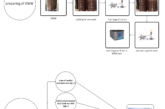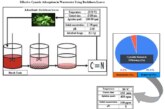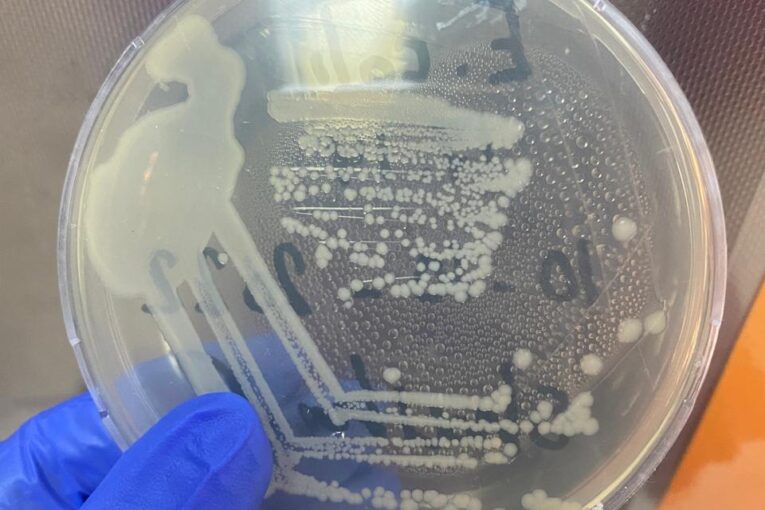
Authors: Fahmi A. Abu Al-Rub , Qutaiba Ababneh, Saed khayat, and Shatha Badarneh,
DOI:
JORDANIAN JOURNAL OF ENGINEERING AND CHEMICAL INDUSTRIES (JJECI)
Pages: 120-128

Abstract
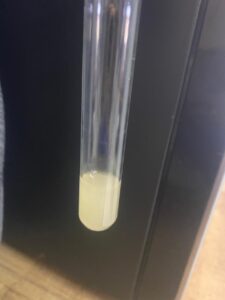
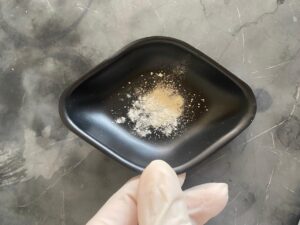
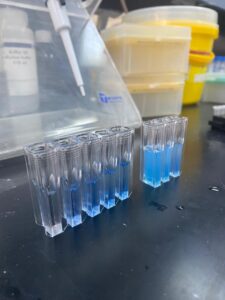
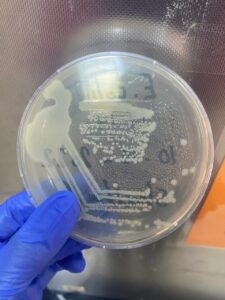
The potential use of bacterial-based protein extracts for heavy metal removal from aqueous solution was investigated. The proteins-based biosorbent were extracted from wild-type E. coli strain MG16755 using sonication. The metal ions adsorption efficiency was determined in batch mode. The maximum metal ions adsorption capacity was achieved after 24 hours at C and pH=6. Fourier-transform infrared spectroscopy (FTIR) analysis demonstrated that the protein extract is capable of interacting with heavy metal ions through its functional groups (O-H / N-H, C=O, and C-O / P-O). The equilibrium data aligned well with the Langmuir model, indicating that the protein extract’s maximum adsorption capacities ( ) for Pb (II) and Cd (II) were 204 mg/g and 164 mg/g, respectively. The Dubinin-Radushkevich (DRK) isotherm model estimated the mean free energy to be 0.7 kJ/mol for both Pb (II) and Cd (II), indicating that the adsorption process is primarily physical in nature. Additionally, the adsorption of Pb (II) and Cd (II) followed pseudo-second-order kinetics most closely. The findings of this study provide fundamental recommendations for the optimal utilization of EPS from E. coli in bioremediation for wastewater treatment.
Paper type: Research paper
Keywords:. Adsorption, Protein, Heavy metals, Escherichia coli.
Citation: Al-Rub, F., Ababneh, Q., khayat, S., and Shatha, B. .“ Biosorption of lead and cadmium from aqueous solutions by proteins extracted from E. coli cells”, Jordanian Journal of Engineering and Chemical Industries,
Vol. 8, No.1, pp: 120-128 (2025).

